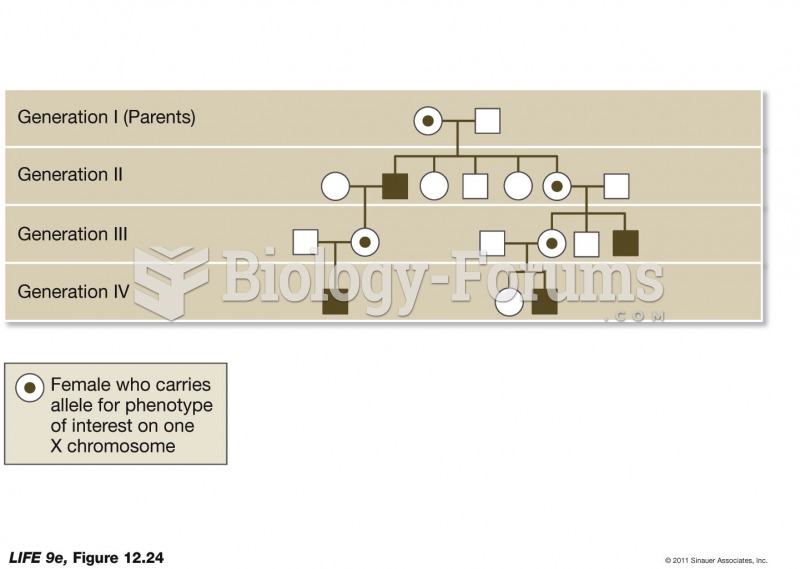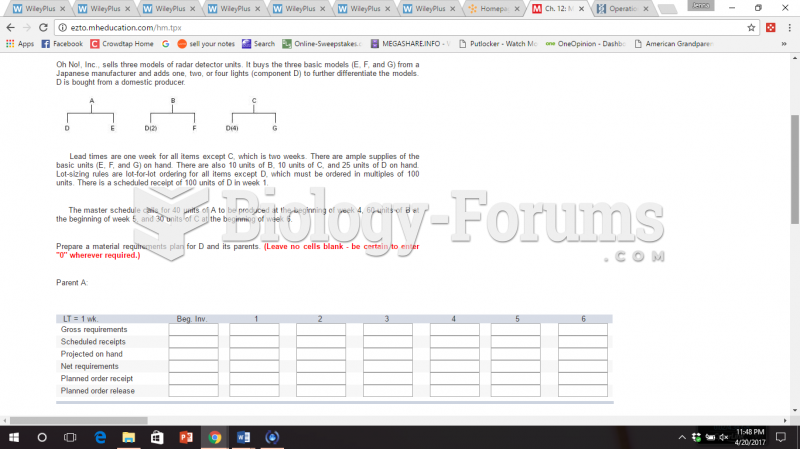Answer to Question 1
Birds are two-legged, egg-laying, warm-blooded vertebrates with feathers and wings, and they are believed to
have evolved from prehistoric reptiles.
Answer to Question 2
Amphibians are that group of vertebrate animals that live the first, or larval, part of their lives in water, and
then live their adult lives partially or completely on land.
Reptiles are cold-blooded vertebrates that possess lungs and breathe atmospheric air. They also have bony
skeletons, scales, or horny plates covering their bodies and a heart that has two auricles and one ventricle.
Amphibians have thin, moist skin that serves a variety of purposes. They can breathe through skin by the
process of osmosis. Amphibians also absorb water through their skin and lose water from the skin by evaporation.
Amphibians that live in drier areas have thicker skin, which enables them to conserve moisture.
The skin of most amphibians is covered with fluid-secreting glands that produce slimy mucus. This mucus
serves several purposes. It helps conserve moisture, prevents too much water from being absorbed into the
body when the animal is in the water, and makes the animal slippery, which aids in its defense. Some amphibians
have toxin-producing glands.
The tongues of amphibians may also vary considerably. Some do not have tongues, whereas others may
have very long tongues with sticky tips that they can stick out very quickly to capture small insects.
Present-day reptiles have three body types. The first have long bodies and clearly defined tails like the crocodiles
and lizards; the second have long bodies that taper into tails, like the snakes; and the third have short,
thick bodies encased in shells like the turtles and tortoises.
The limbs of crocodiles and lizards are paired and attached to the body at right angles. This enables the
animal to lift its body up off the ground when moving. The limbs of crocodiles and alligators are strong and
powerful; the limbs of most lizards are weak, with some having very short, stump-like limbs.
Snake live reptiles do not have limbs, and their movement is a result of undulating movements of the body.
All turtles and tortoises have limbs that enable them to walk on land. These reptiles have modified limbs
that enable them to swim as well. Some turtles and tortoises spend most of their time in water, with their
limbs primarily adapted for swimming, and move about on land with creeping and crawling motions.
The skin of reptiles has a horny surface layer. In lizards and snakes, this layer forms a hard, continuous
covering of scales. This outer layer is shed, allowing for growth. Crocodiles and alligators as well as some
lizards have bony, dermal scales covered by a horny epidermal layer that must also be shed to allow for body
growth.
Turtles and tortoises do not molt their thick epidermal skin; a new epidermal scale is formed beneath the
old one as they grow.







